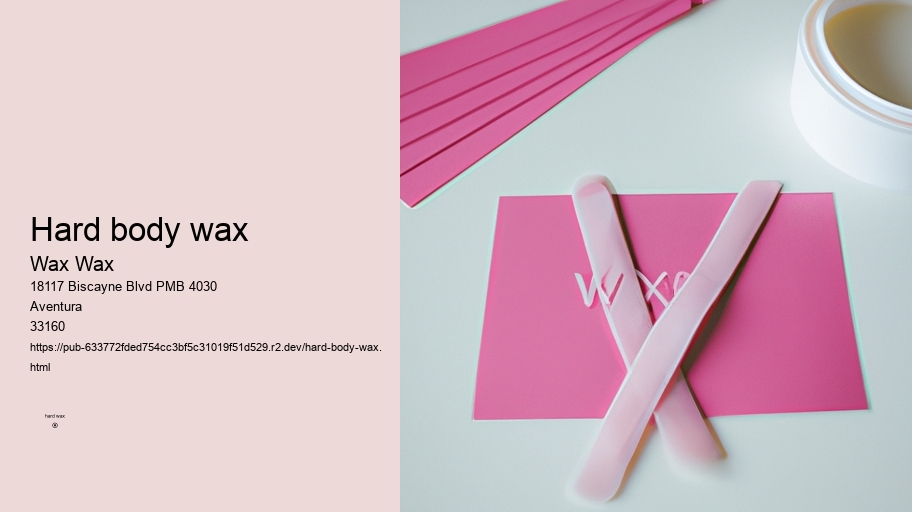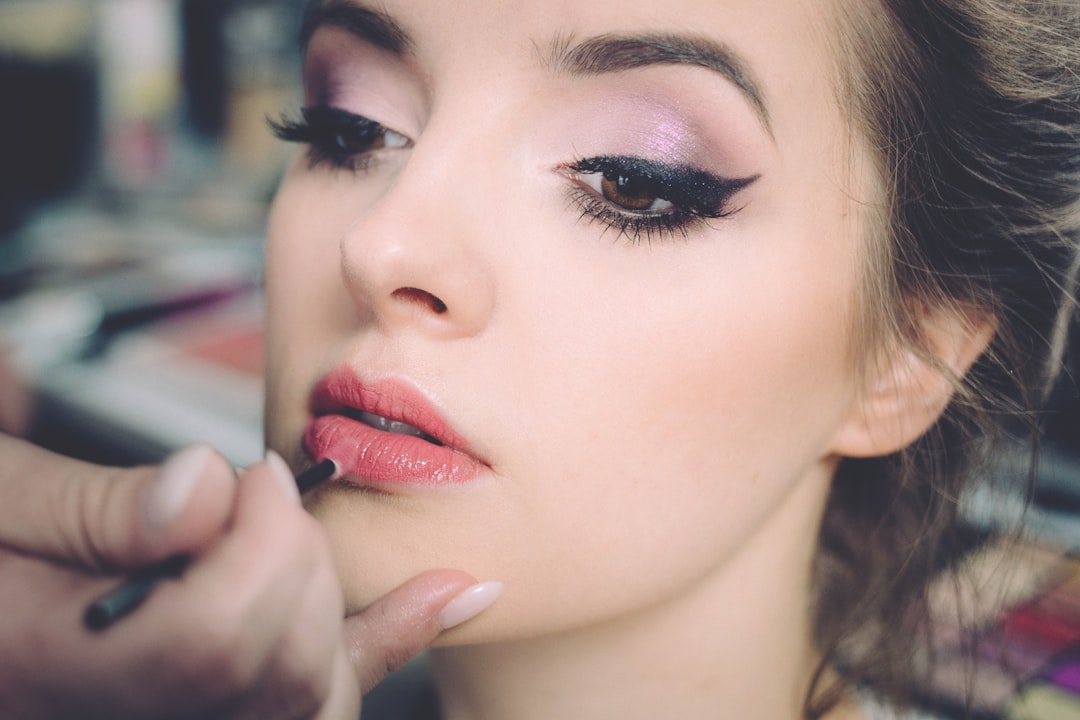

Contrary to popular belief, waxing does not lead to faster hair growth. In fact, it can actually slow down the regrowth process. When hair is removed from the root during waxing, it takes longer for new hair to grow back because it needs to regenerate and develop a new root. This means that you can enjoy smooth skin for a longer period of time before needing another waxing session.
You can reduce pain by taking a pain reliever 30 minutes before waxing, applying a numbing cream to the area, or using ice packs to numb the skin beforehand.
5.
When it comes to managing any discomfort during your first bikini wax, there are a few things you can do to make the experience more bearable. Firstly, try taking an over-the-counter pain reliever (such as ibuprofen) about 30 minutes before your appointment. This can help reduce any pain or inflammation caused by the waxing process. Additionally, be sure to communicate with your esthetician if you are feeling any discomfort during the waxing session. They may be able to adjust their technique or offer suggestions for minimizing pain. Finally, remember that the more frequently you wax, the less painful it becomes as the hair follicles weaken over time!
The rate at which your hair grows plays a significant role in how often you should get waxed. Some individuals have faster hair growth than others, meaning they may need to wax more frequently to maintain smooth skin.
Attention to detail: One of the main advantages of professional waxing is the attention to detail that estheticians provide. They can customize the treatment based on your specific needs and preferences, ensuring a thorough and precise hair removal process.
Despite its benefits, waxing also has drawbacks such as ingrown hairs and minor bleeding. hard wax waxing Additionally, individuals with certain medical conditions or taking specific medications may be at higher risk for skin irritation or complications during waxing.
Frequently Asked Questions
Potential skin benefits of regular waxing over shaving or depilatory creams
4. Will my hair grow back thicker after waxing?
Waxing over the same area multiple times can lead to skin irritation, redness, and even burns. It is important to follow proper waxing techniques to minimize discomfort and potential damage to the skin.
The modern practice of waxing has evolved over time, with different techniques and types of wax available. Strip waxing, which uses a thin layer of wax applied to the skin and removed with a cloth or paper strip, is one common method. Another method is stripless waxing, where hard or film wax is applied directly to the skin and removed without the use of strips.
Waxing is the process of hair removal from the root by using a covering of a sticky substance, such as wax, to adhere to body hair, and then removing this covering and pulling out the hair from the follicle. New hair will not grow back in the previously waxed area for four to six weeks, although some people will start to see regrowth in only a week due to some of their hair being on a different human hair growth cycle. Almost any area of the body can be waxed, including eyebrows, face, pubic hair (called bikini waxing or intimate waxing), legs, arms, back, abdomen, chest, knuckles, and feet. There are many types of waxing suitable for removing unwanted hair.
If sun exposure cannot be avoided, it is important to apply a broad-spectrum sunscreen with at least SPF 30 on the waxed areas, wear protective clothing, and seek shade whenever possible to minimize potential damage and irritation.
Despite its benefits, waxing also has drawbacks such as ingrown hairs and minor bleeding. Additionally, individuals with certain medical conditions or taking specific medications may be at higher risk for skin irritation or complications during waxing.

Smoother Skin
Aftercare and maintenance tips
It is recommended to use hard wax for sensitive areas like the face and bikini area, while soft wax can be used on larger areas like legs and arms.
slick wax beadsWaxing is the process of hair removal from the root by using a covering of a sticky substance, such as wax, to adhere to body hair, and then removing this covering and pulling out the hair from the follicle. peel off wax New hair will not grow back in the previously waxed area for four to six weeks, although some people will start to see regrowth in only a week due to some of their hair being on a different human hair growth cycle. Almost any area of the body can be waxed, including eyebrows , face, pubic hair (called bikini waxing or intimate waxing), legs, arms, back, abdomen, chest, knuckles, and feet. There are many types of waxing suitable for removing unwanted hair.
Follow Proper Aftercare Routine: After each waxing session, make sure to follow a proper aftercare routine to soothe and protect your skin. This may include applying moisturizer regularly, exfoliating gently to prevent ingrown hairs, and avoiding activities that may irritate the freshly waxed area. Taking care of your skin post-wax will help maintain its smoothness until your next appointment.
The modern practice of waxing has evolved over time, with different techniques and types of wax available. Strip waxing, which uses a thin layer of wax applied to the skin and removed with a cloth or paper strip, is one common method. Another method is stripless waxing, where hard or film wax is applied directly to the skin and removed without the use of strips.